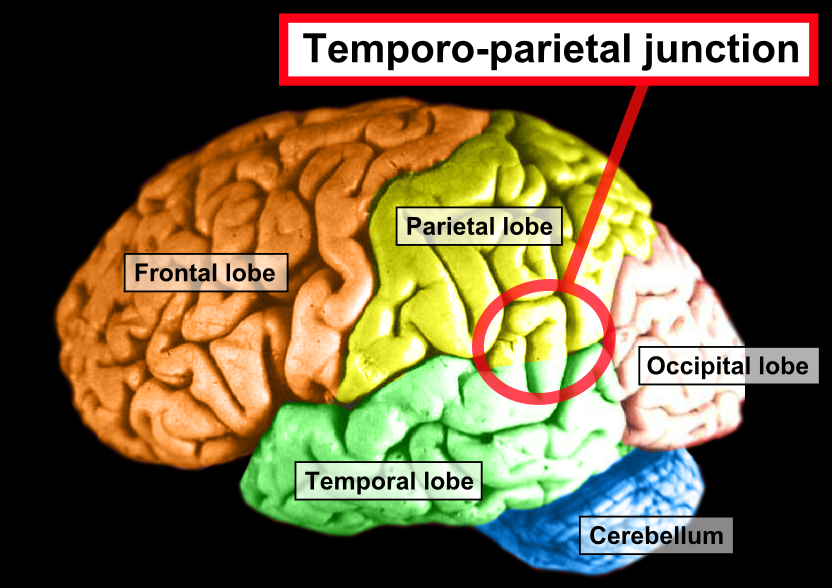
Title of paper under discussion
Expertise-related deactivation of the right temporoparietal junction during musical improvisation
Authors
Aaron L. Berkowitz and Daniel Ansari
Journal
NeuroImage, vol 49 (2010), pp 712–719
Link to paper (free access)
Overview
When handed a simple five-note mini piano keyboard, anyone – musician or non-musician – can improvise a melody of sorts. But how does the musician’s brain go about it? This research, on students at Dartmouth College in the US, compared the brain activity of musicians and non-musicians during such improvisation and found that musicians specifically deactivated the right temporoparietal junction, a brain region thought to be involved in paying attention to here-and-now sensations. The authors propose that such deactivation results from a musical training, helping a musician to move away from “bottom-up stimulus driven processing” allowing for a more top-down “goal-directed performance state that aids in creative thought.”

Method
12 undergraduate pianists and 12 non-musician students successfully took part in the experiment.
Prior to entering a functional Magnetic Resonance Imaging (fMRI) scanner each participant familiarised themselves with the 5-key (C,D,E,F,G) piano keyboard and was taught to play seven different 5-note “patterns” – five patterns were same-key sequences (CCCCC, DDDDD, EEEEE, FFFFF, GGGGG) and the other two simple ascending and descending scales (CDEFG or GFEDC). The researchers explained to each participant that once inside the scanner (and still holding the keyboard) they would be asked to carry out four tasks:
- (Rhythmic improvisation): Play a series, in any random order, of any of the pre-instructed 5-note patterns, each pattern in any rhythm that takes your fancy
- (Melodic improvisation): Play a series of made-up 5-note melodies, with the notes of each melody synchronising to a metronome beat of 120 bpm
- (Rhythmic and melodic improvisation): Play a series of made-up 5-note melodies, each melody in any rhythm that takes your fancy
- (No improvisation): Play a series, in any random order, of the pre-instructed 5-note patterns, with the notes of each pattern synchronising to a metronome beat of 120 bpm.
During scanning the participants could hear their own piano playing in real time through headphones.
In order to assess how successfully the tasks were being achieved the researchers monitored the rhythmic freedom (rhythmical evenness of the notes within the melodies/patterns) and melodic freedom (the variety of note combinations within the melodies/patterns, and the percentage of such combinations that were unique across the whole experiment) of participants throughout.

Results
As expected all participants achieved greater rhythmic freedom during the ‘rhythmic improvisation’ tasks, and greater melodic freedom during the ‘melodic improvisation’ tasks. And crucially, non-musicians were equally as successful as musicians in achieving such freedoms, across all the measures.
Regarding the brain scans, there was just one significant difference between musicians and non-musicians: when comparing the scans taken during melodic improvisation (tasks 2 and 3) with those taken during pattern play (or ‘melodic non-improvisation’, tasks 1 and 4), musicians exhibited deactivation in a brain region called the right temporoparietal junction, whereas no such equivalent deactivation was seen in non-musicians.
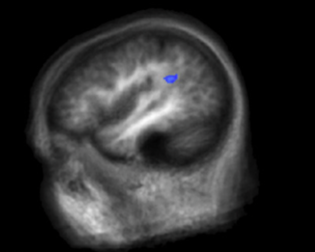
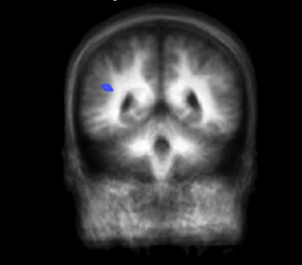
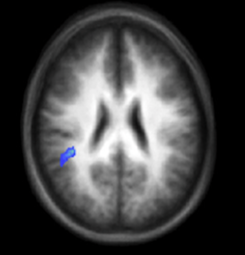
Discussion
This result took the researchers by surprise. They had predicted that any differences in brain activity between improvising musicians and improvising non-musicians would be found in the frontal lobe, not the parietal lobe; previous research, using the same experimental procedure, had shown significant frontal lobe activity in musicians during improvisation, so that was Berkowitz’s area of interest. They had also predicted that rhythmic, as well as melodic, improvisation would exhibit significant differential brain activity between musicians and non-musicians – but it did not.
Once the results were in, the researchers turned to the literature on the right temporoparietal junction (rTPJ) to try to understand why it might be usefully deactivated by musicians during improvisation.
Previous research on the rTPJ suggests it is involved in attention, more specifically attention to “bottom-up stimulus-driven processing”. Meaning that when a sight or sound, or any other such stimulus, is perceived by the brain during an action, an active rTPJ would allow attention to be directed towards that stimulus, perhaps whether or not that stimulus is relevant to the task in hand. A deactivated rTPJ would at least allow the brain to filter out task-irrelevant stimuli by not paying attention to them.
In light of such earlier research, Berkowitz proposes “two related (and not mutually exclusive) possibilities for why musicians would demonstrate substantial deactivation of this region during improvisation while nonmusicians do not show any significant change in activity”:
1) a training-induced move towards “goal-directed”, rather than stimulus-directed, attention. A move towards such goal-directed attention is, argue the researchers, important to improvising musicians during their “pursuit of novelty” to avoid distraction by “irrelevant stimuli (e.g., in this experiment, scanner noise, errors in intended performance etc.)”. Other results, though not reaching statistical significance, suggested that rTPJ deactivation also occurred during rhythmic improvisation, and even during no improvisation, suggesting that “musicians are entering a different state of attentional focus than non-musicians as soon as they engage in even the simple act of playing”.

2) a shift towards a more “top-down” cognitive strategy. Alongside a shift in attentional focus it could be claimed that rTPJ deactivation allows musicians to adopt a more top-down cognitive strategy, “conceiving of and/or planning their improvised melodies as 5-note groups, and thus inhibiting any sort of stimulus-driven response to what they played while they planned their next improvised sequence”. In contrast non-musicians, reasoned Berkowitz, “may have been more dependent on stimulus-driven information (I.e. auditory and sensory feedback) during melodic improvisation.”
In conclusion, and in line with previous research into verbal tasks and into dance imagery, the deactivation of the rTPJ – and the resulting top-down inhibition of stimulus-driven attention – seen in expert brains “may be an important part of creative thought”.
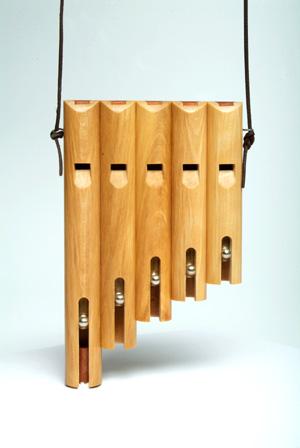
Coda
‘Der Vogelfänger bin ich ja’ from Die Zauberflöte by WA Mozart
Papageno – Roderick Williams
Orchestra of Royal Opera House, Covent Garden, cond. Julia Jones